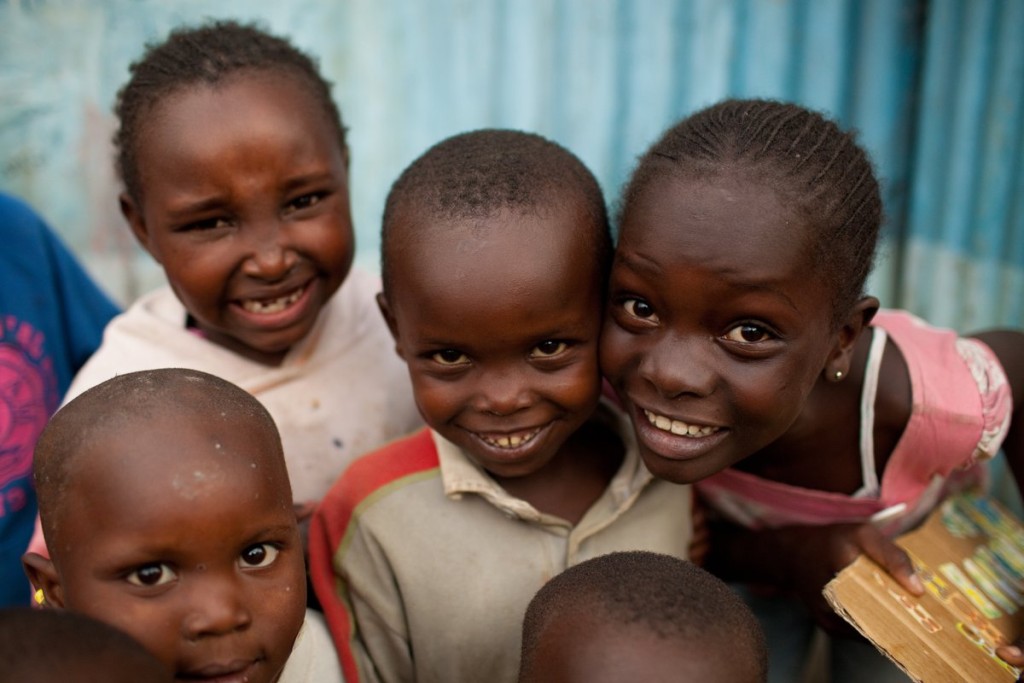Africa Looks at its Energy Future

Why is that strange? Simply because of:
• Africa’s fabulous renewable energy resources. A recent report from the International Energy Agency predicts that, over the next 26 years, sub-Saharan Africa will start to unlock its “vast renewable energy resources.” From this article, solar energy will lead the growth in renewables in the region. According to the report, just 10 percent of sub-Saharan’s hydropower potential is currently being exploited. In addition, much of Africa has “excellent solar” potential, and coastal regions hold potential for wind energy. “Geothermal becomes the second-largest source of power supply in East Africa, mainly in Kenya and Ethiopia,” the report’s authors predict. “Two-thirds of the mini-grid and off-grid systems in rural areas in 2040 are powered by solar photovoltaics, small hydropower or wind. As technology costs come down, the attraction of renewable systems versus diesel generators grows (although they are often used in combination), especially where financing is available to cover the higher upfront expense.”
• Inclusion in carbon trading schemes. Many United Nations officials, World Bank specialists, and business leaders believe that the carbon credit system (called “Clean Development Mechanism” or “CDM”) that European Union began trading in 2005 will begin to include Africa at a far greater level of penetration than the continent has experienced to date. CDM is a $7 billion annual market, and, at this point, only 27 of the 1,156 CDM projects have been registered in Africa.
• The humanitarian imperative to bring electrical power to 600 million people in Africa who currently have none. It is estimated that 110 million of these people in this condition live in urban areas, leaving 490 million in remote parts of the continent. Connecting the urbanites to the local grid is a far easier task than solving this problem for their rural counterparts. Clearly, the best (perhaps the only) way to address this issue is with microgrids, in which power is generated locally by some combination of solar, wind, and the other flavors of clean energy, and distributed over relatively short distances.
The benefits in terms of quality of life are immediate and profound: better health care, education, family stability and size, as well as productivity and affluence. Moreover, educated, well fed young people are not vulnerable for recruitment into ISIS, Boco Haram, etc.
As usual, it comes down to a calculus and includes the enormous profit potential for the world’s energy giants, balanced against a myriad of other factors. What’s going to happen here? You’re asking the wrong guy.
